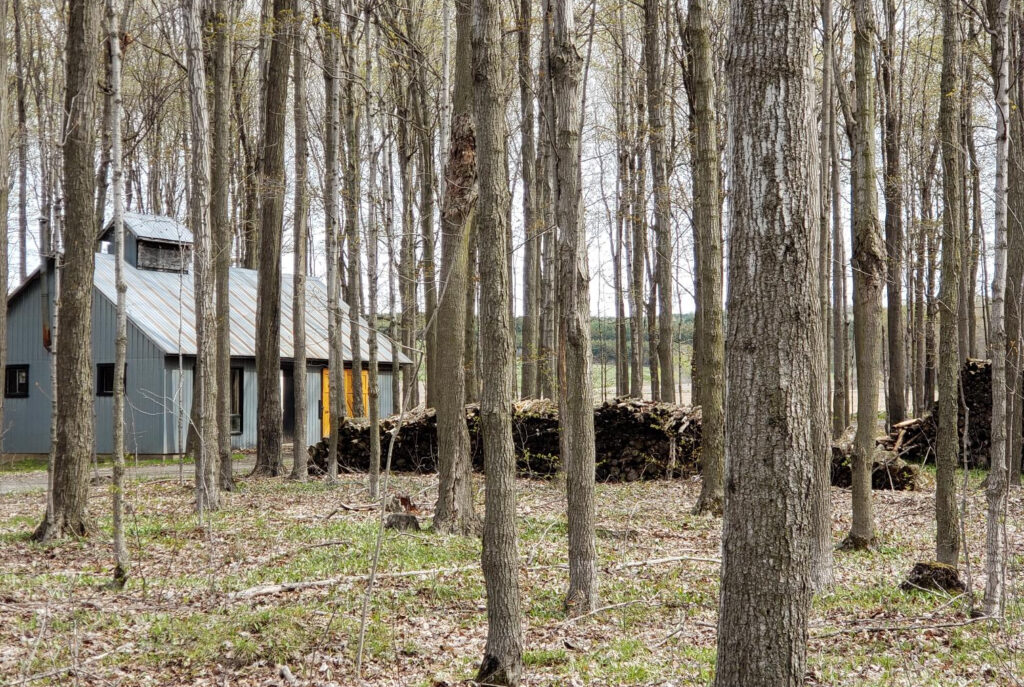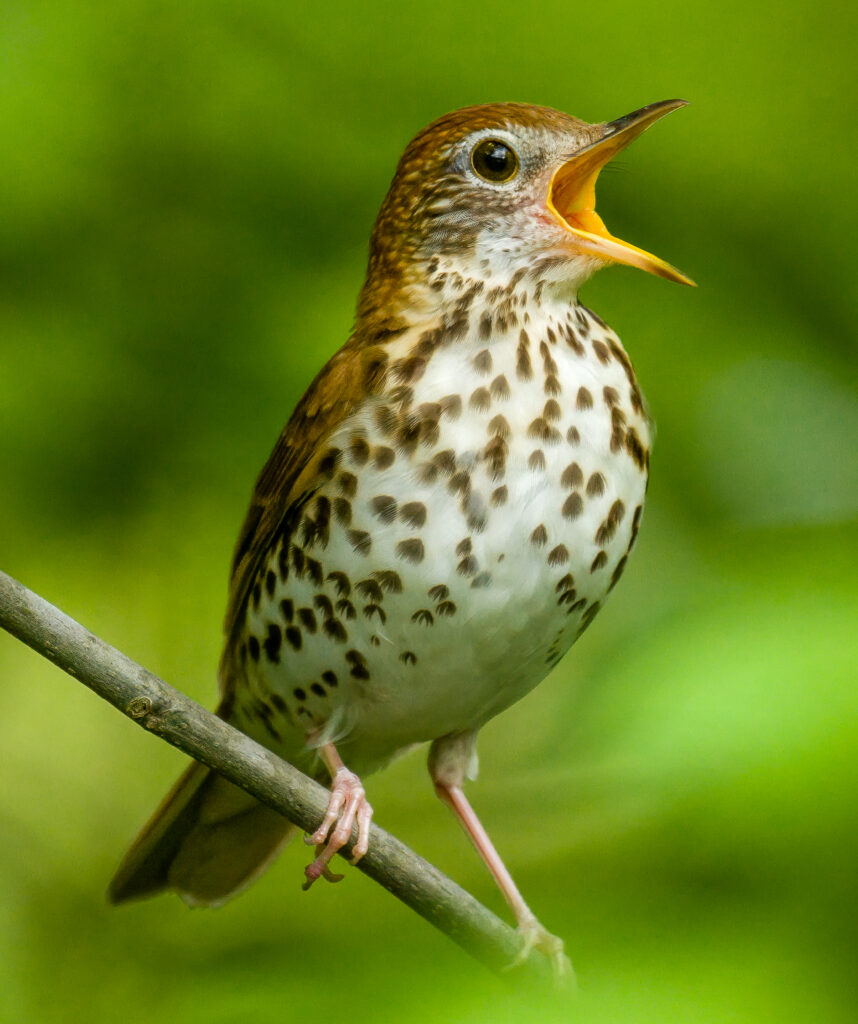Restoring maple forests for species, climate and, yum, maple syrup!
The weather is warming, and sugar shack season is in full swing in Quebec as well as Ontario, New Brunswick and Nova Scotia. But this storied and sweet tradition — and the maple forests that make it possible — are under threat.

Decades of transforming diverse maple forests into monocultures — where 95 per cent of the forest is the same tree species, the sugar (or red) maple — to maximize short-term maple-syrup production has degraded these ecosystems. And the effects of climate change have only made matters worse.
Maple forests are no longer habitats that can support endangered species like wood thrush and tri-colored bat. They also become more vulnerable to climate-related weather impacts — less snow, dried-out soil, erratic temperature fluctuations, tree-damaging superstorms and increased invasive species, like the European gypsy moth. Making these climate matters worse, monoculture forests also sequester less carbon.

To restore them back to a healthier state, WWF-Canada’s upcoming Maple Initiative will bring together key industry players: sugar bush owners, maple producers, forest engineers, academic experts and environmental NGOs.
We’re setting up a how-to restoration program for landowners that includes maple forest health assessment training and management guidance, such as suggested non-maple native species to plant depending on the region.
A more biodiverse forest habitat not only supports more species; it also helps fight climate change and, though it seems counterintuitive, improves maple productivity.
That’s because tree and plant diversity above ground results in healthier soils below ground, which store more carbon and more moisture. More moisture means more sap, which means…you guessed it: more maple syrup.
In other words, this initiative is important for our planet and for your pancakes. 🥞

